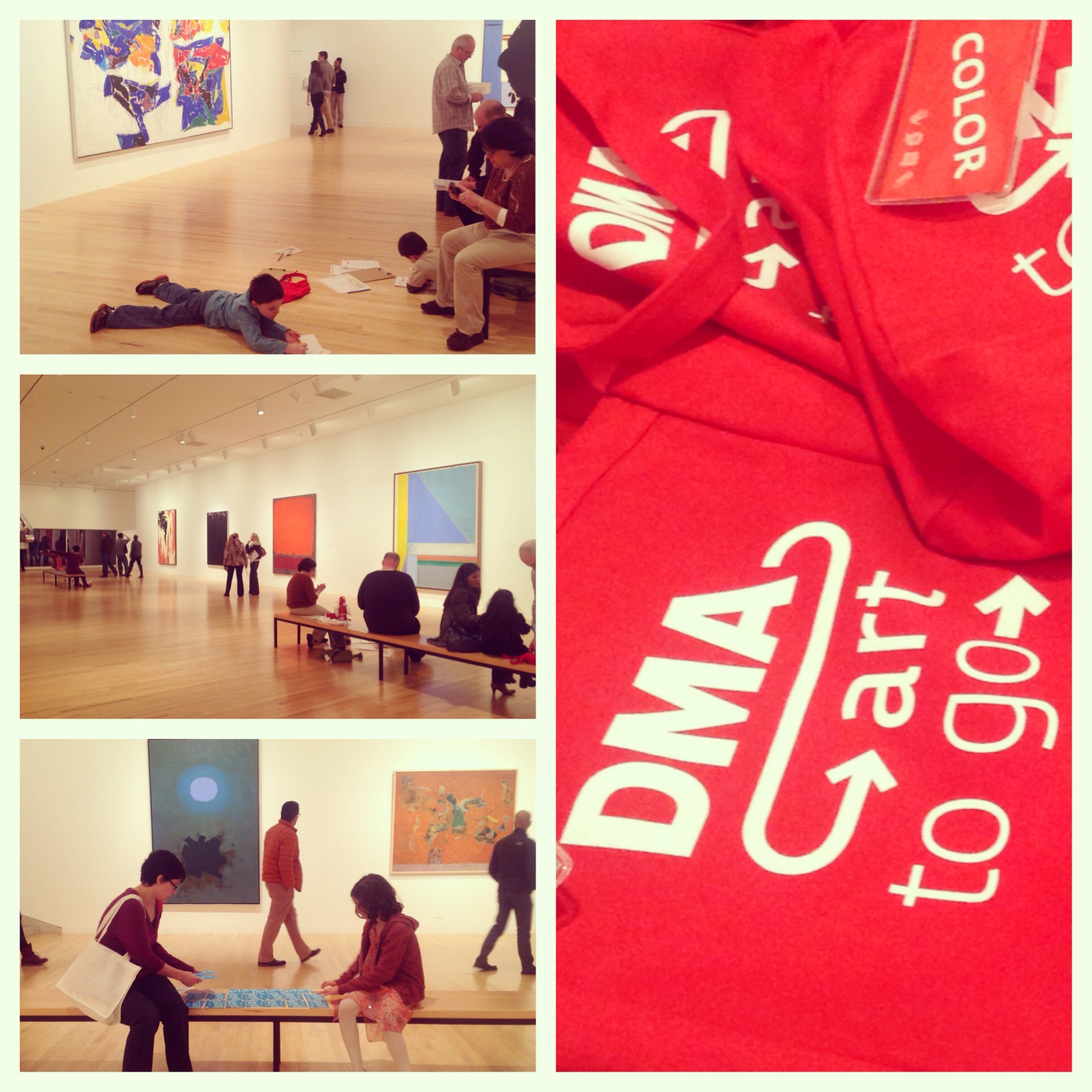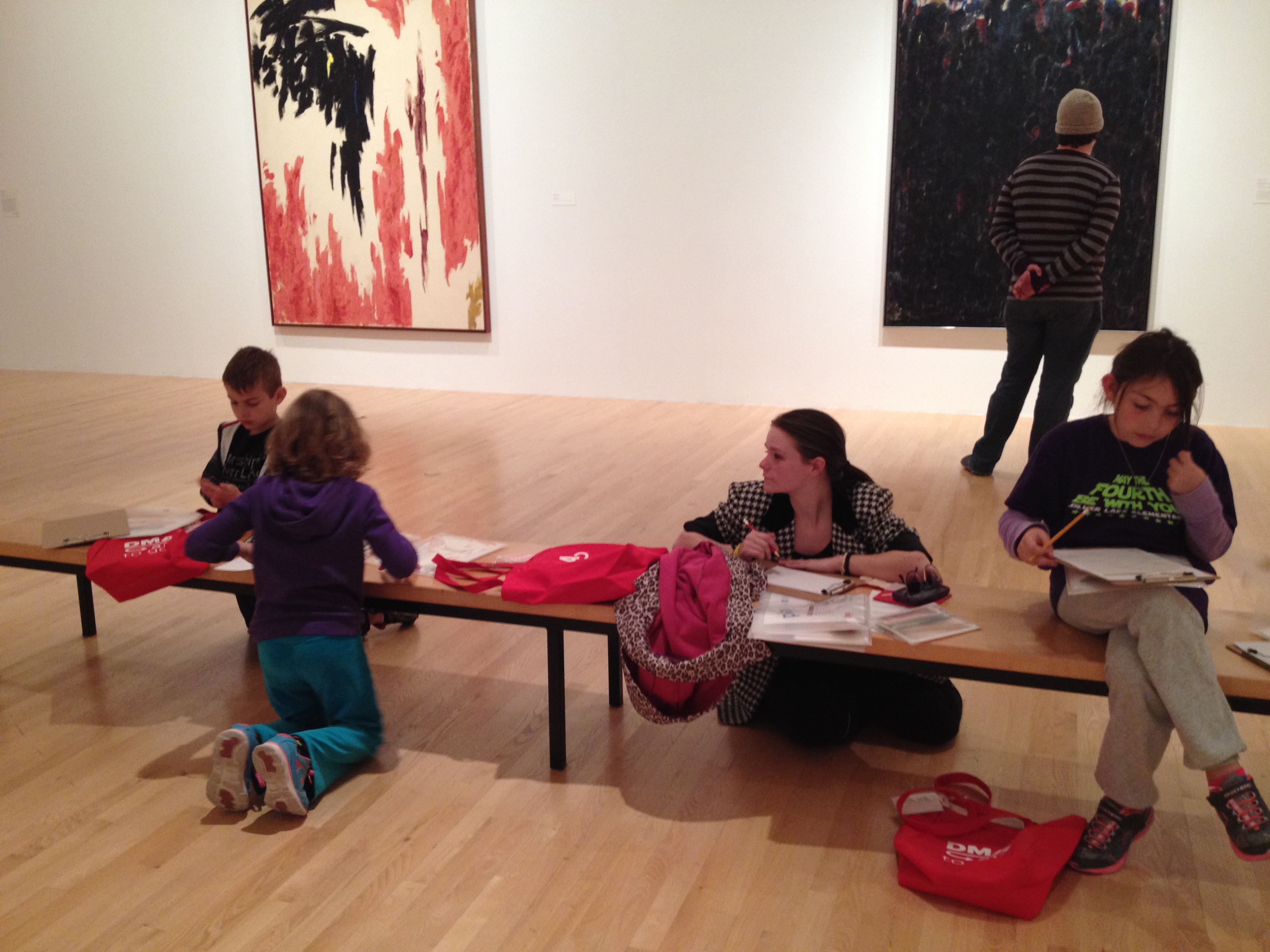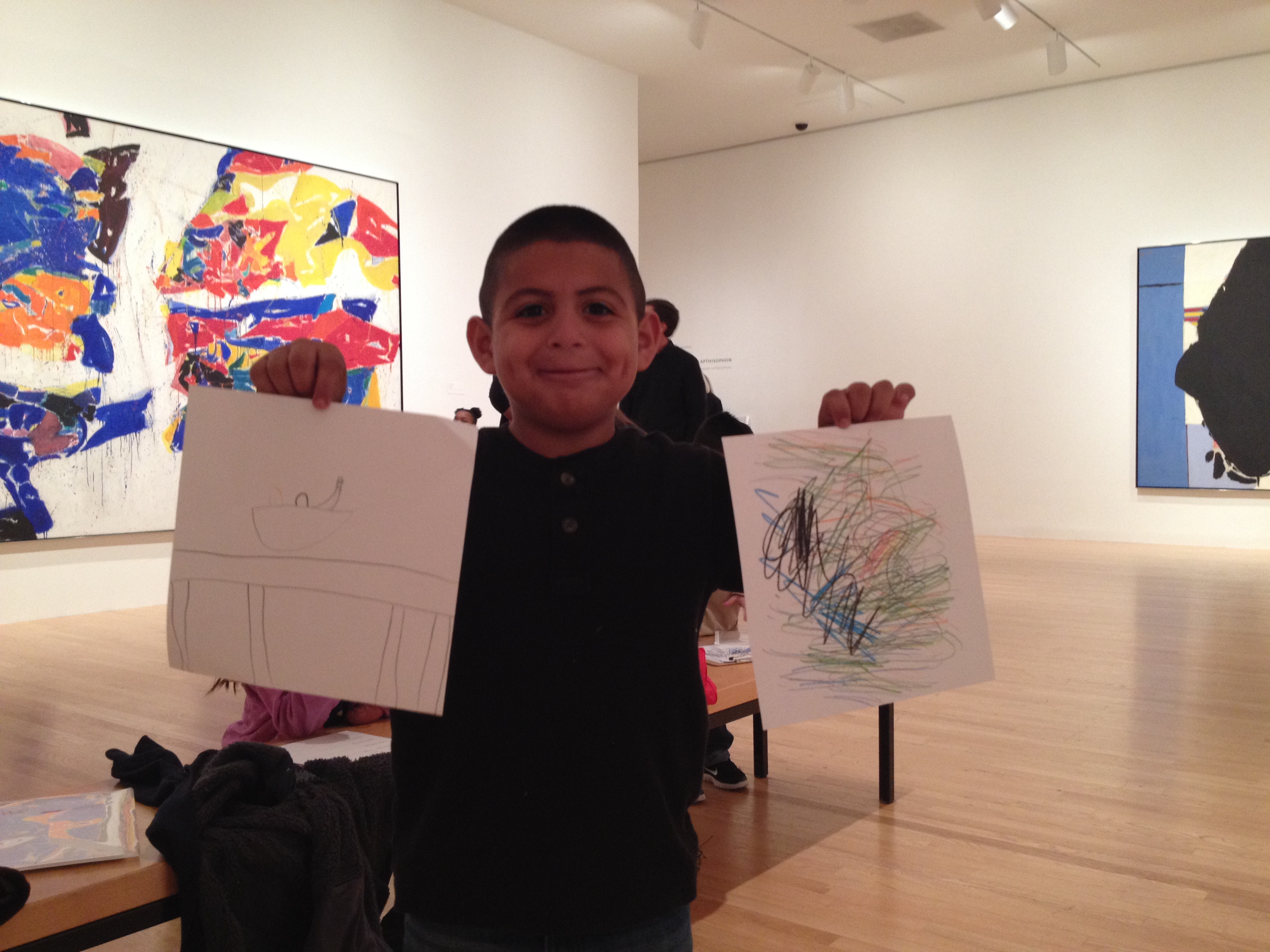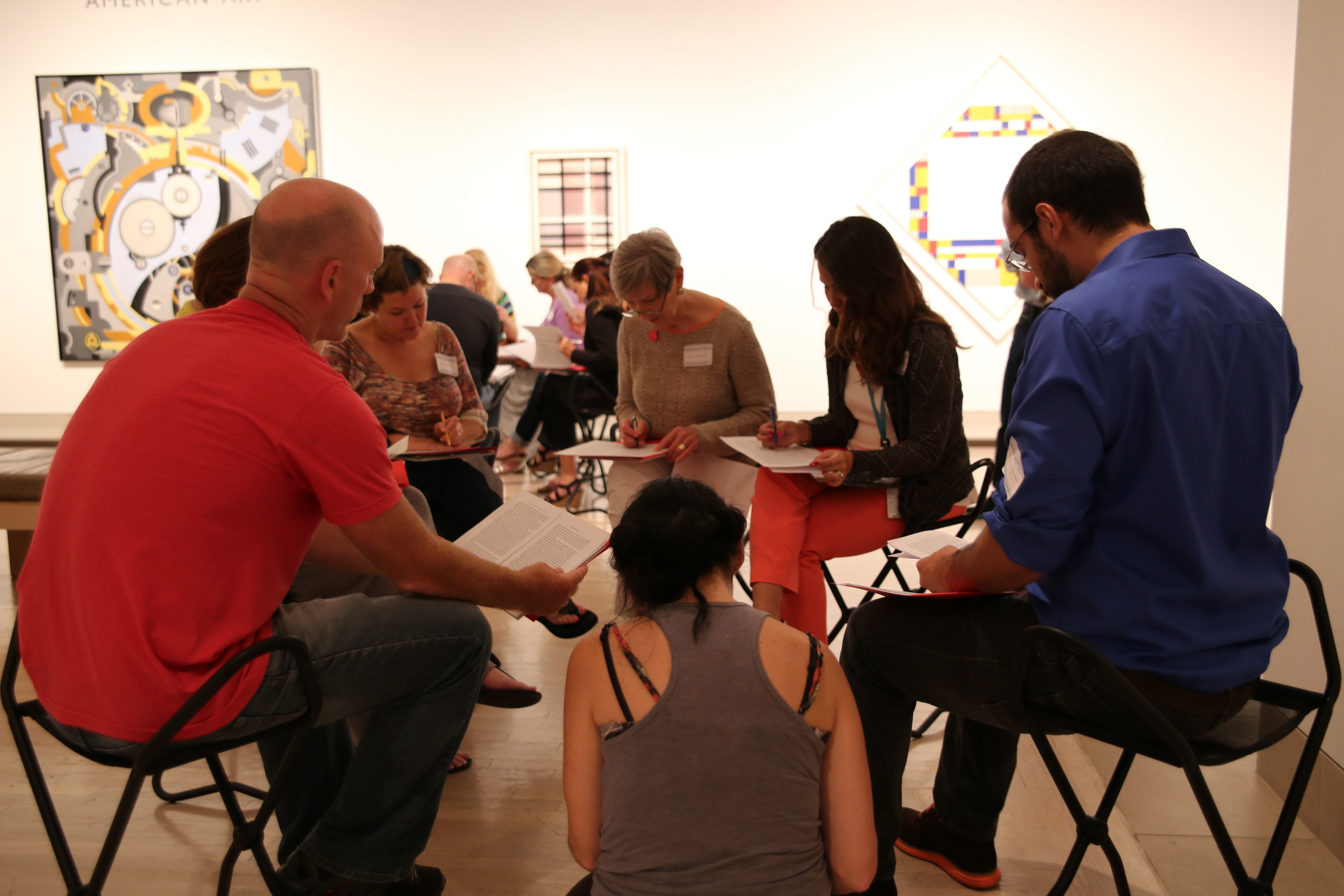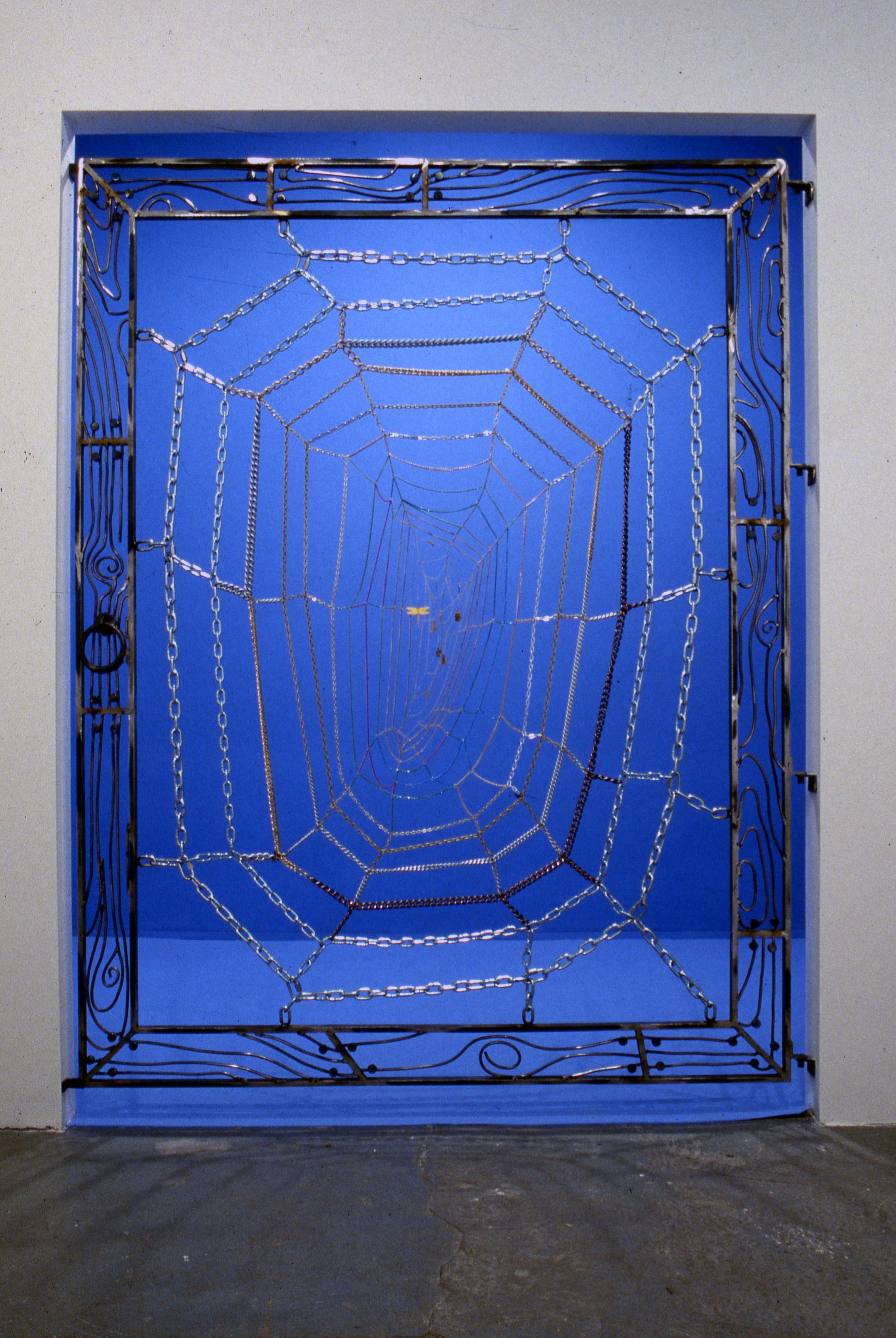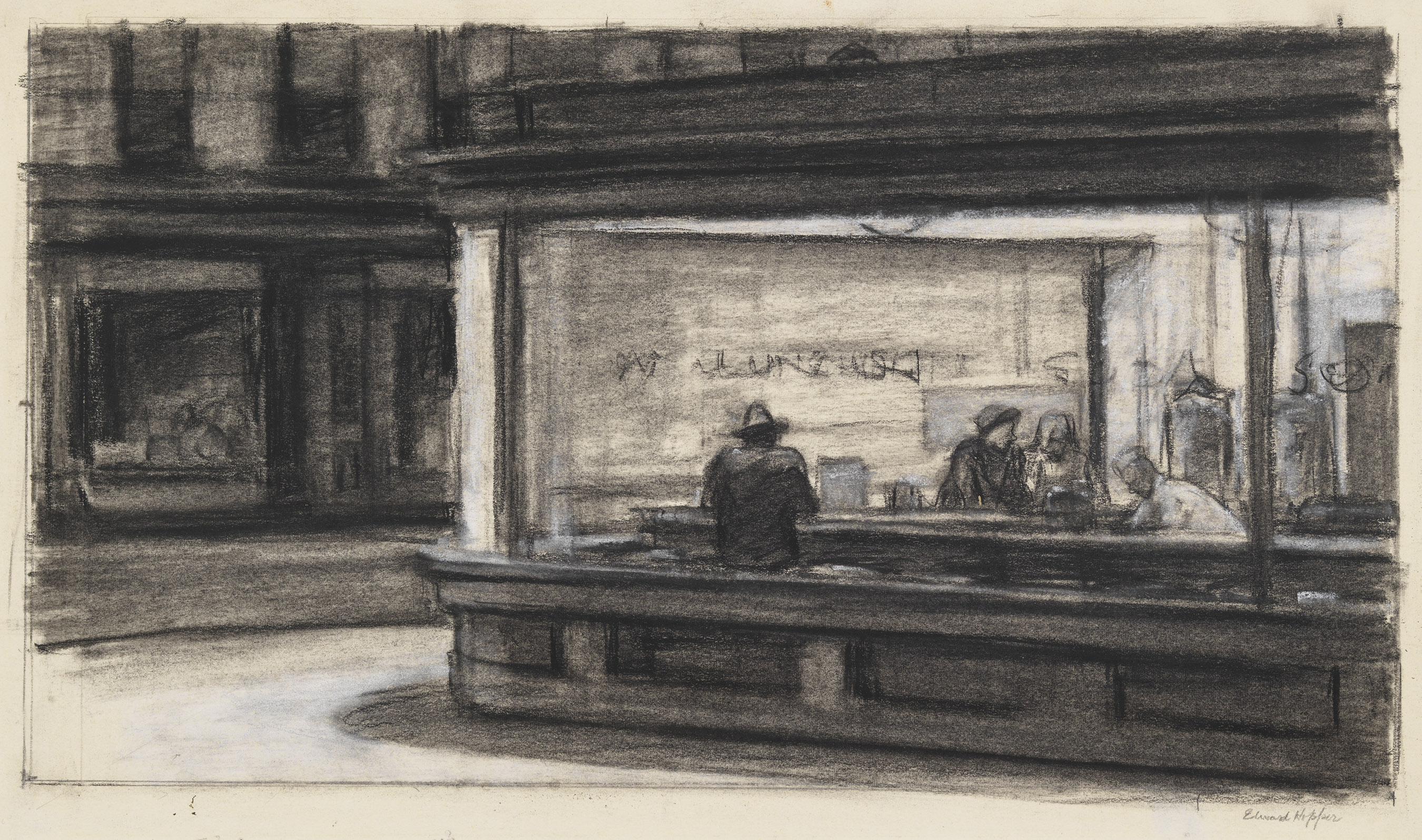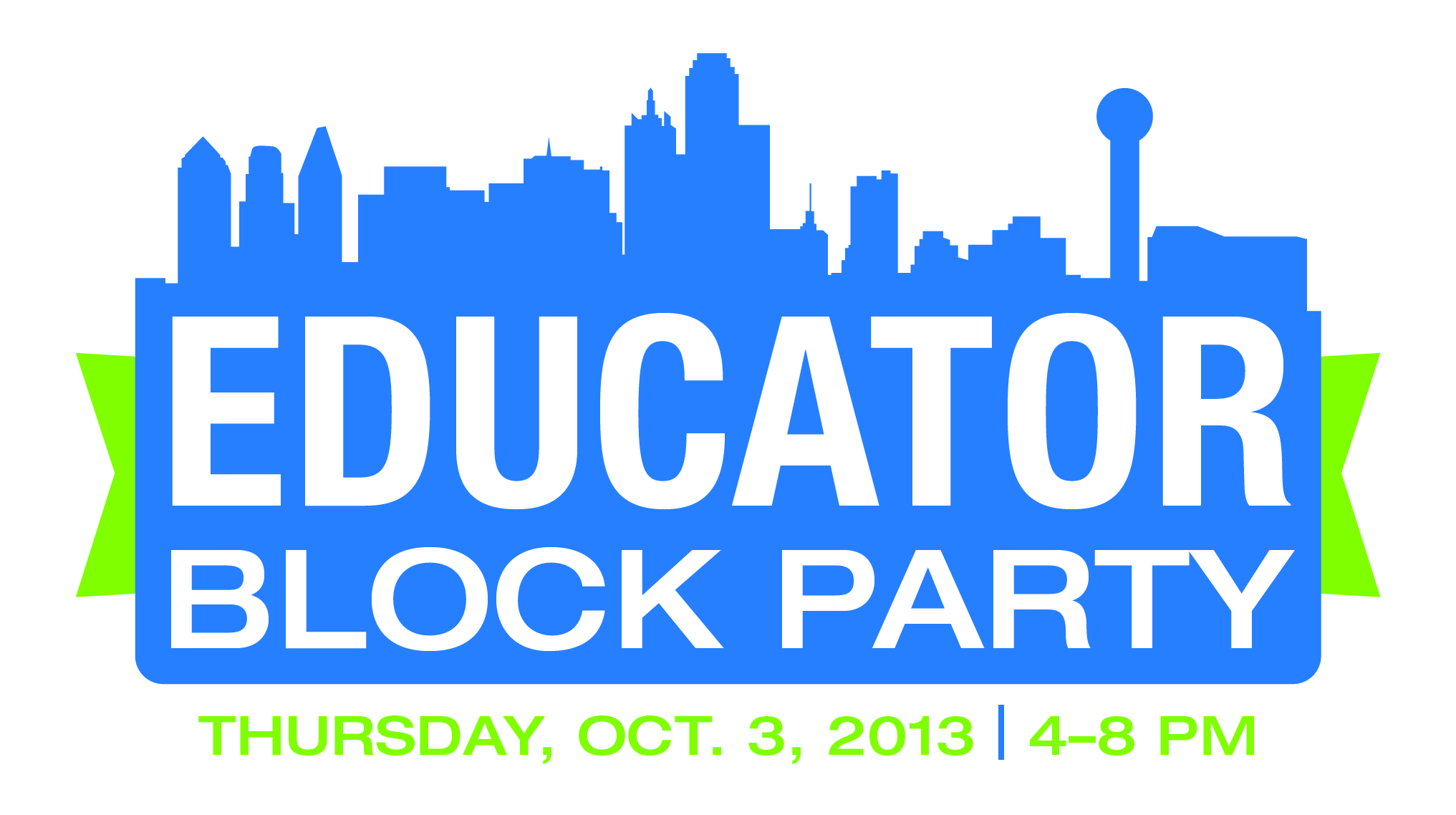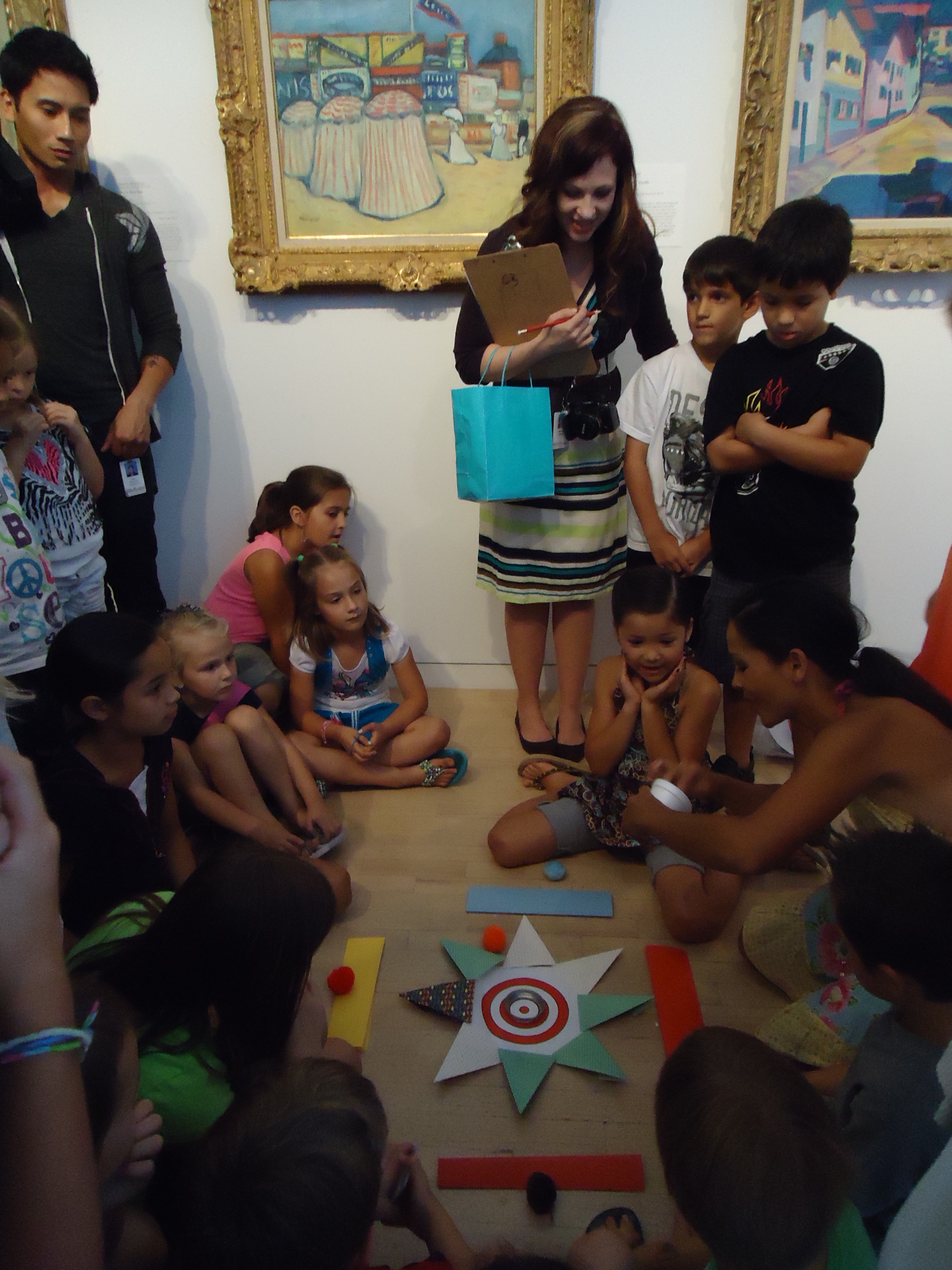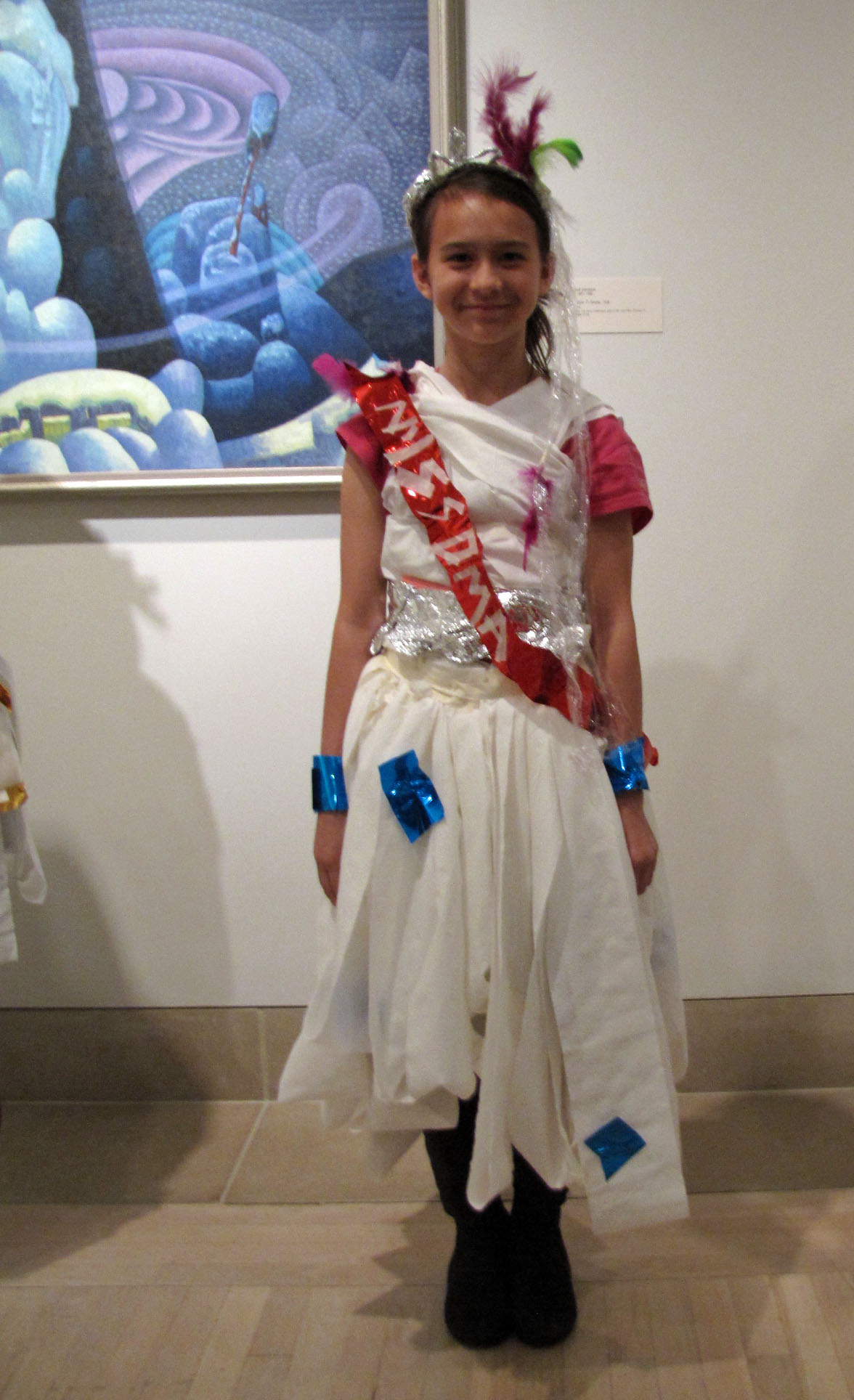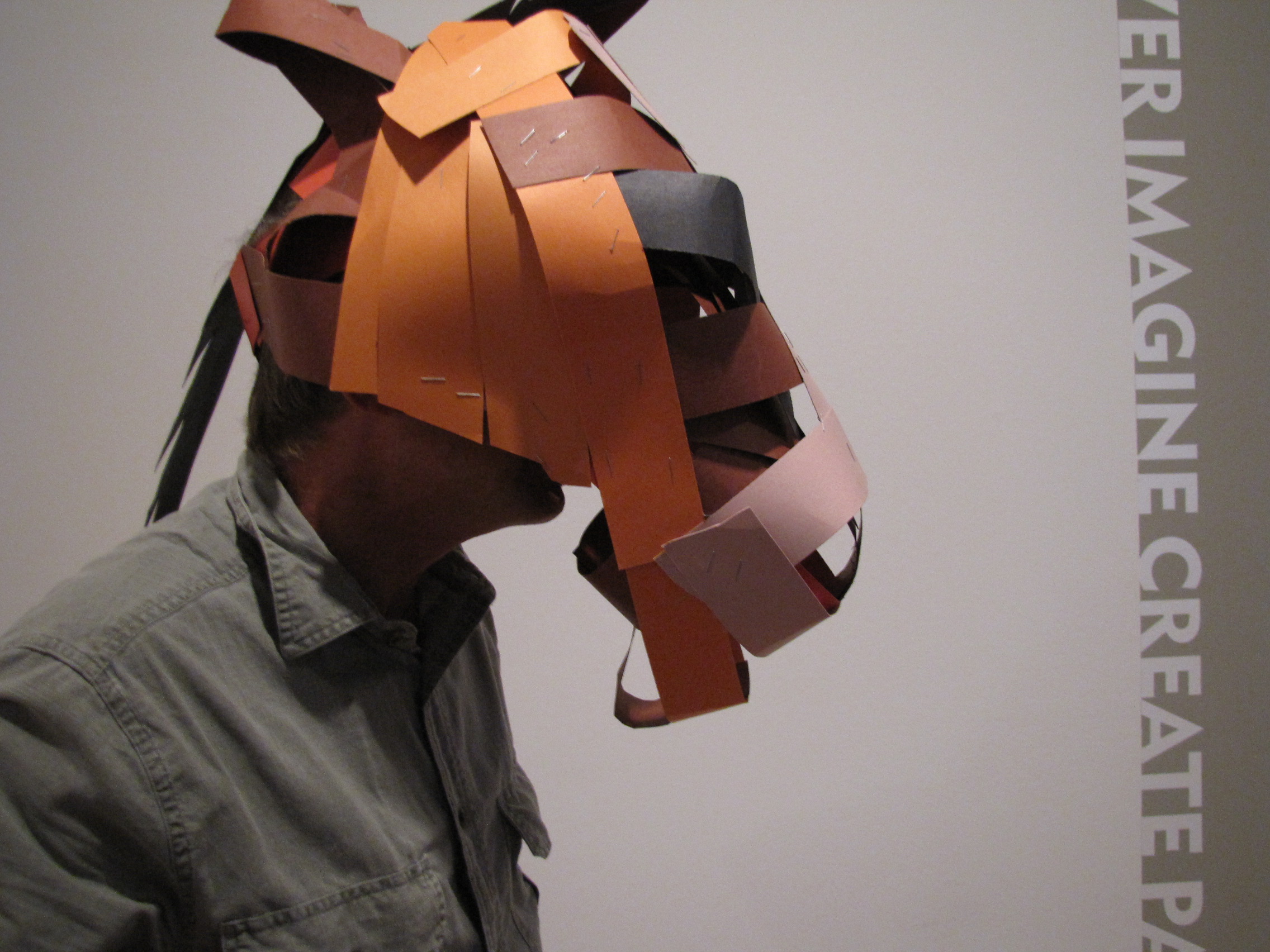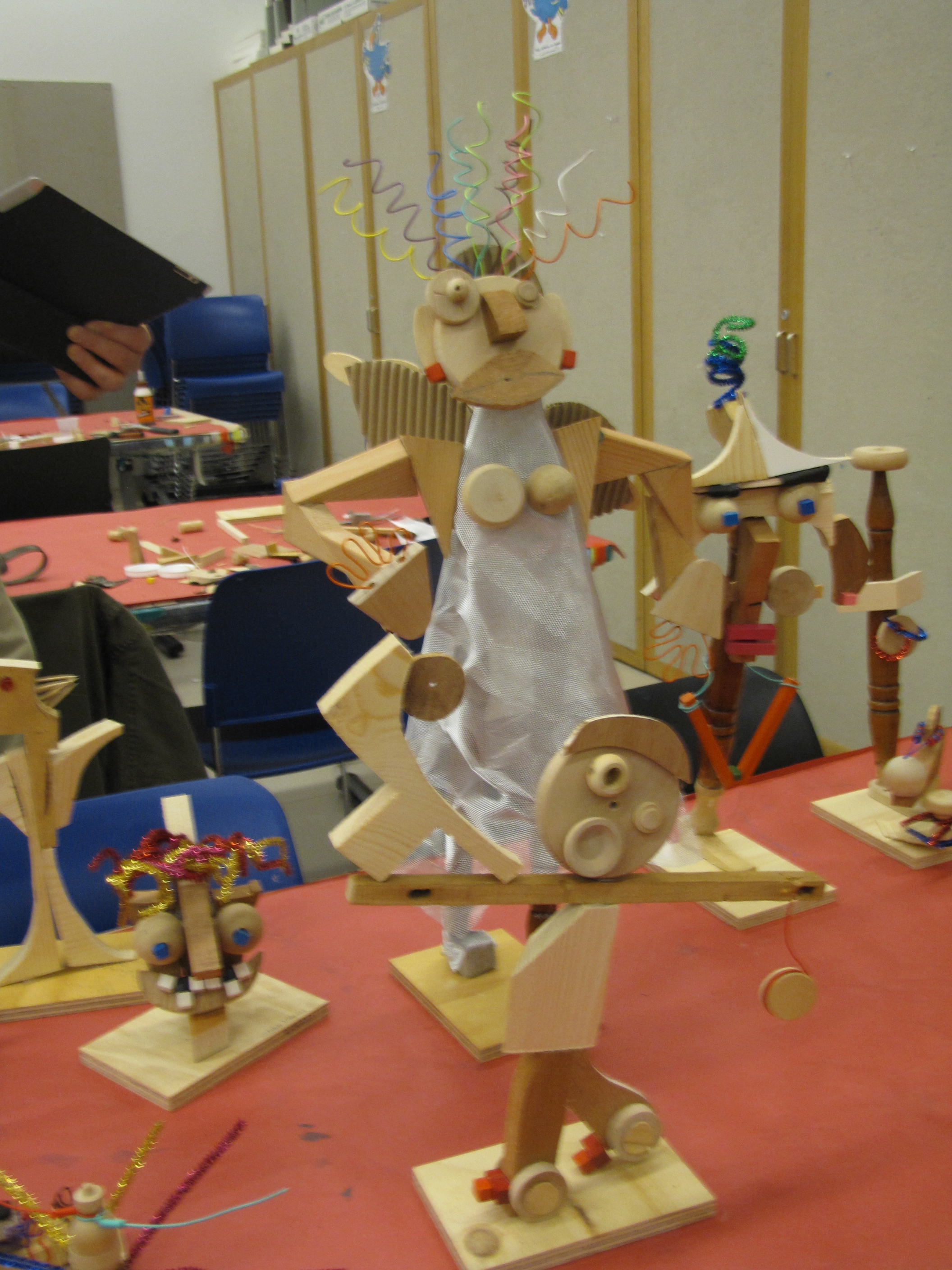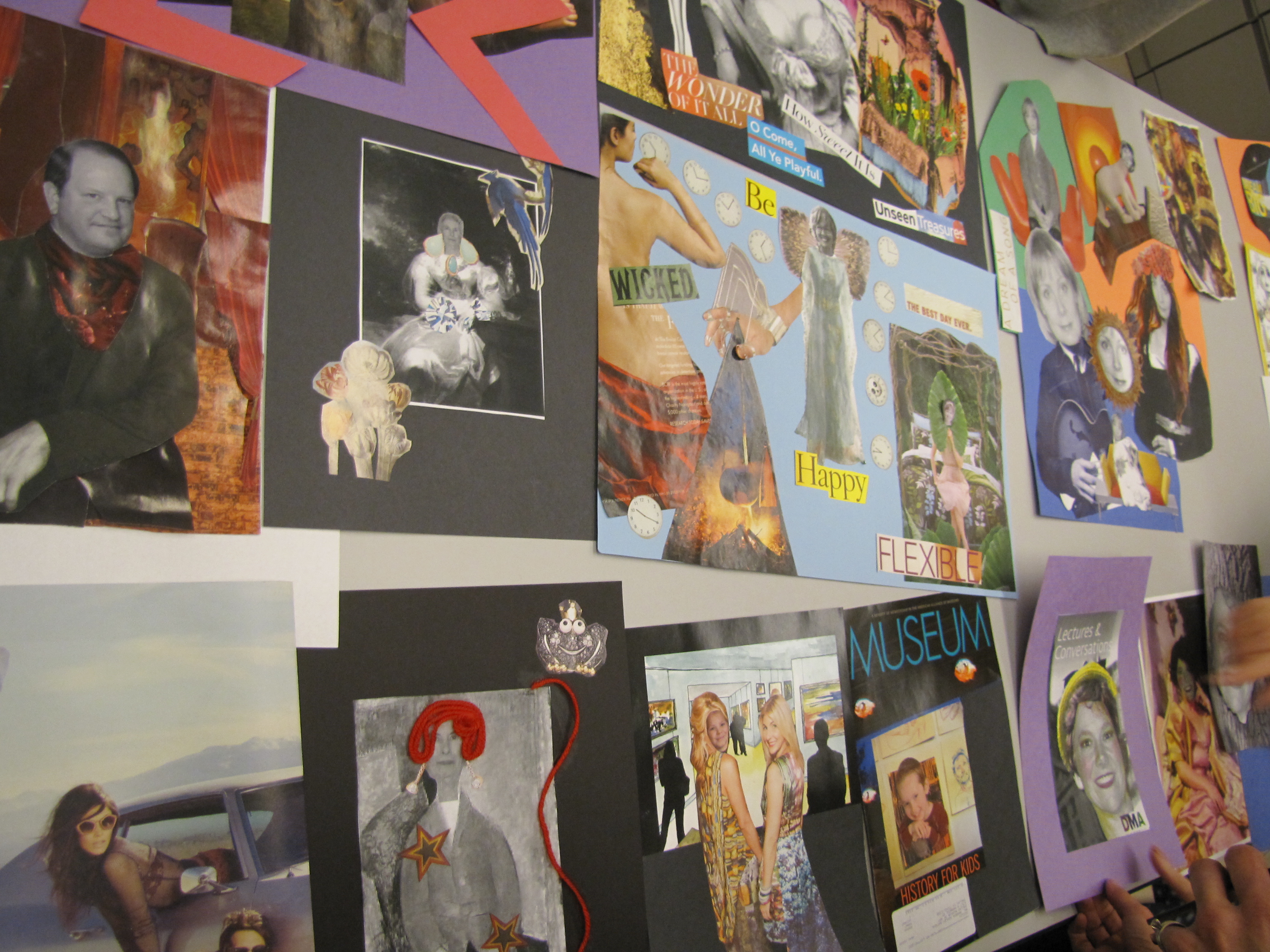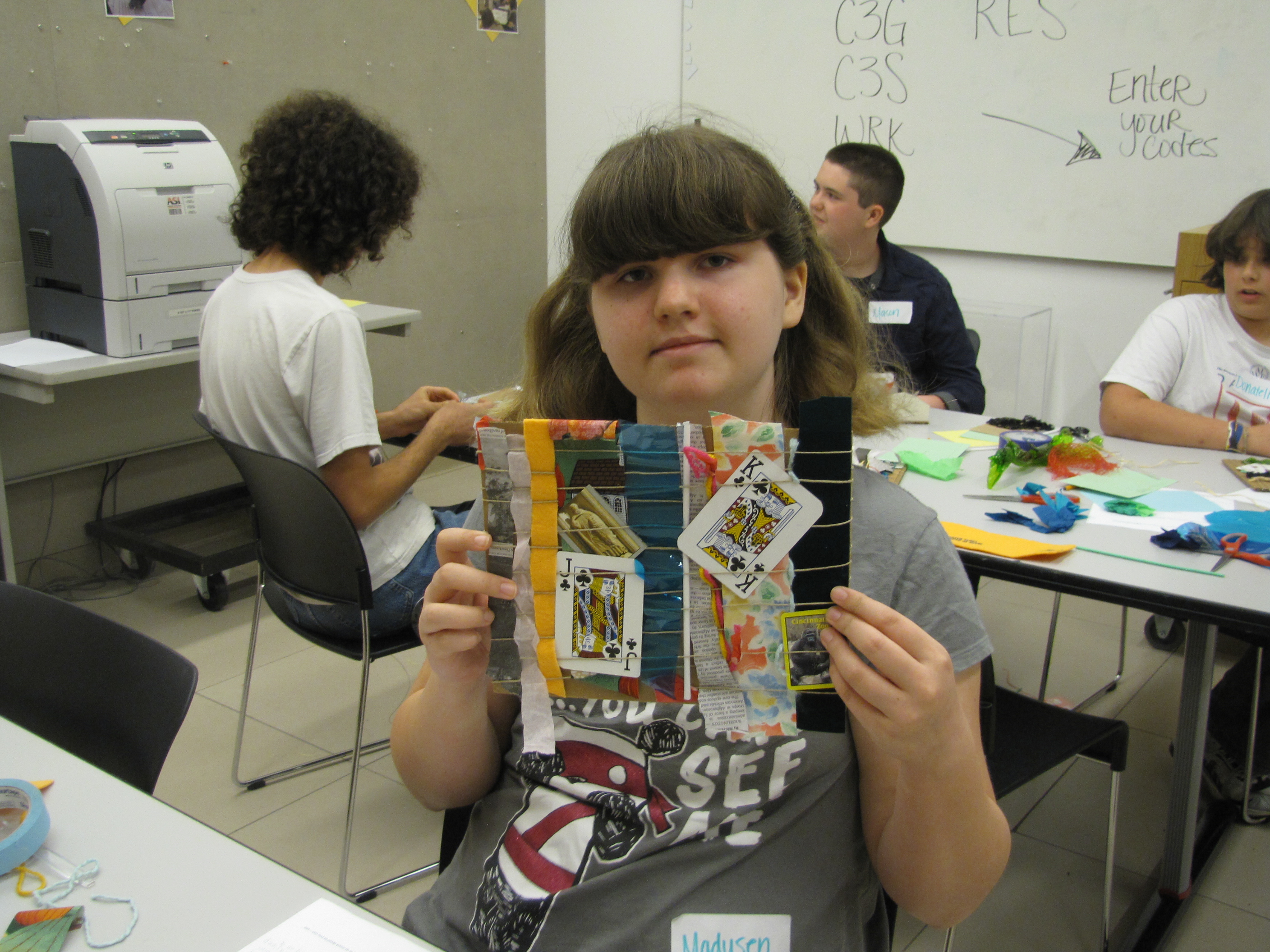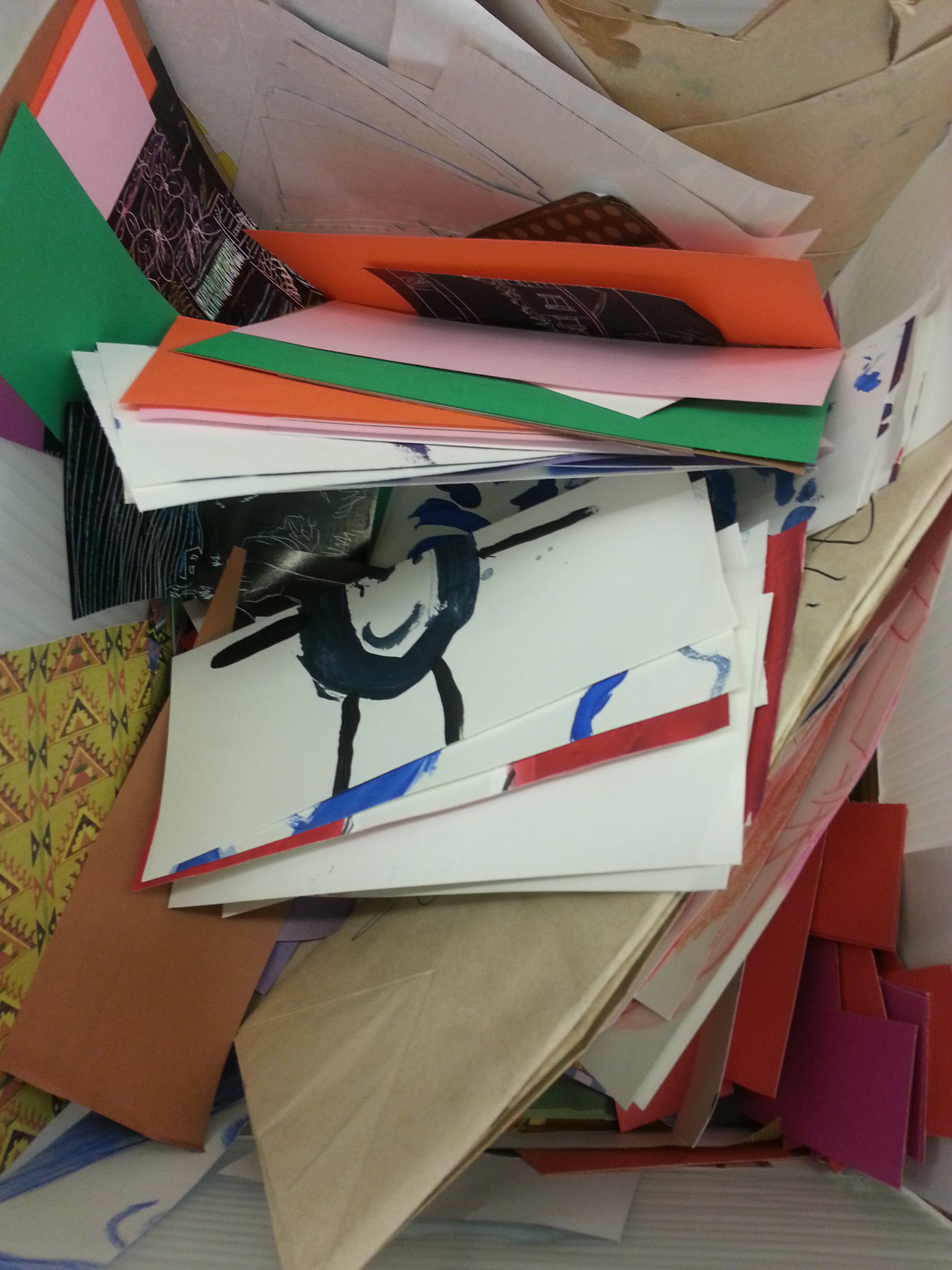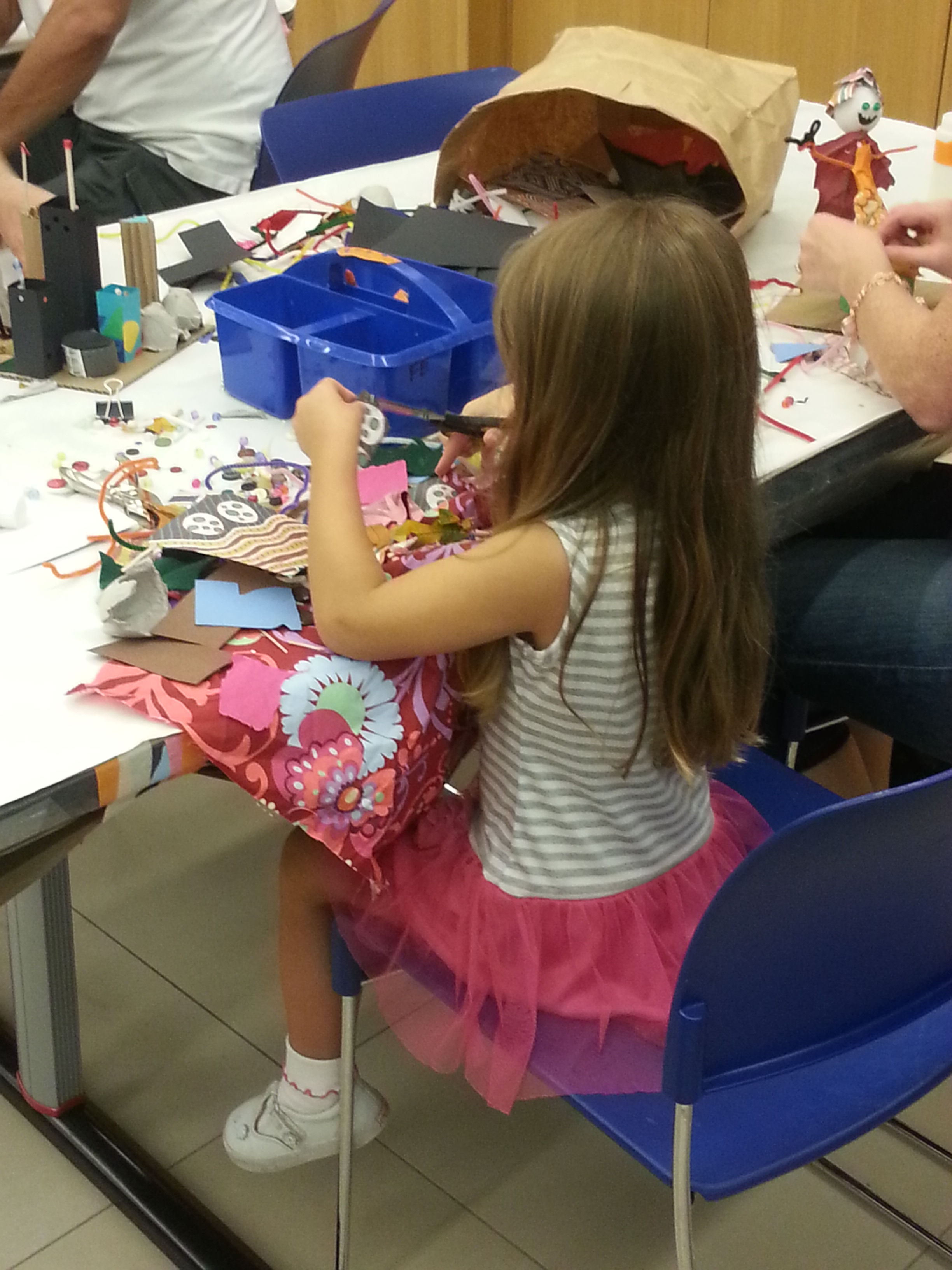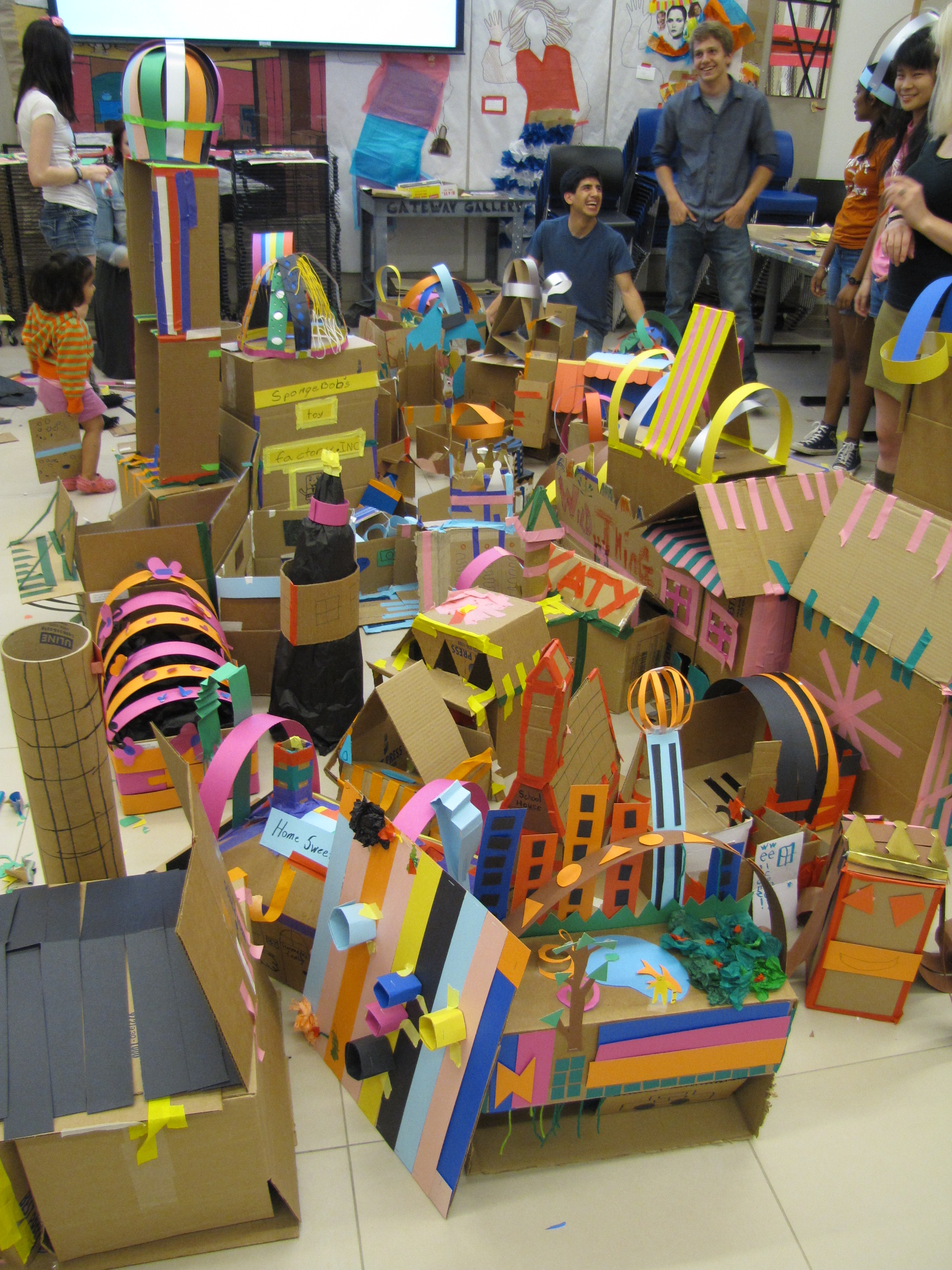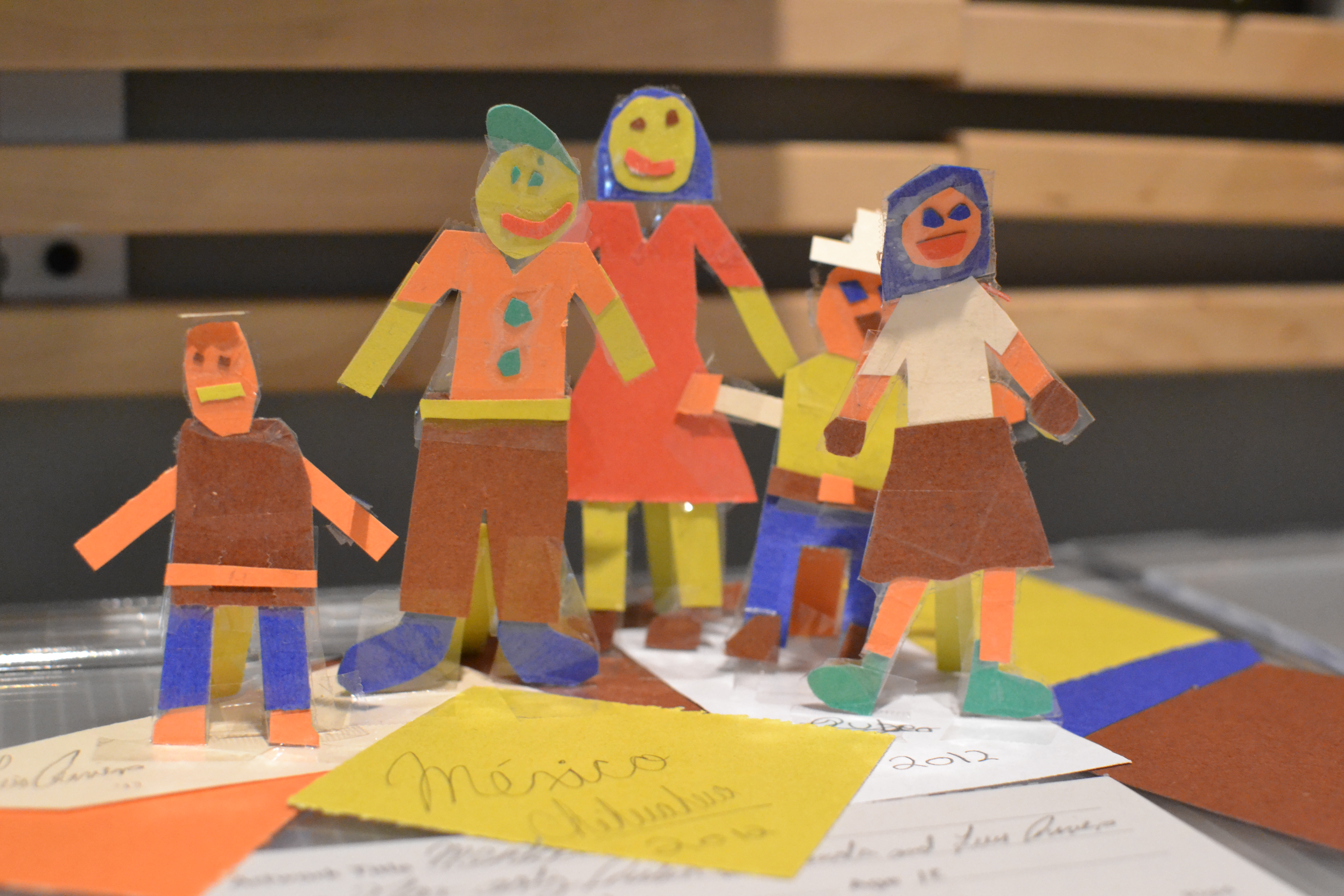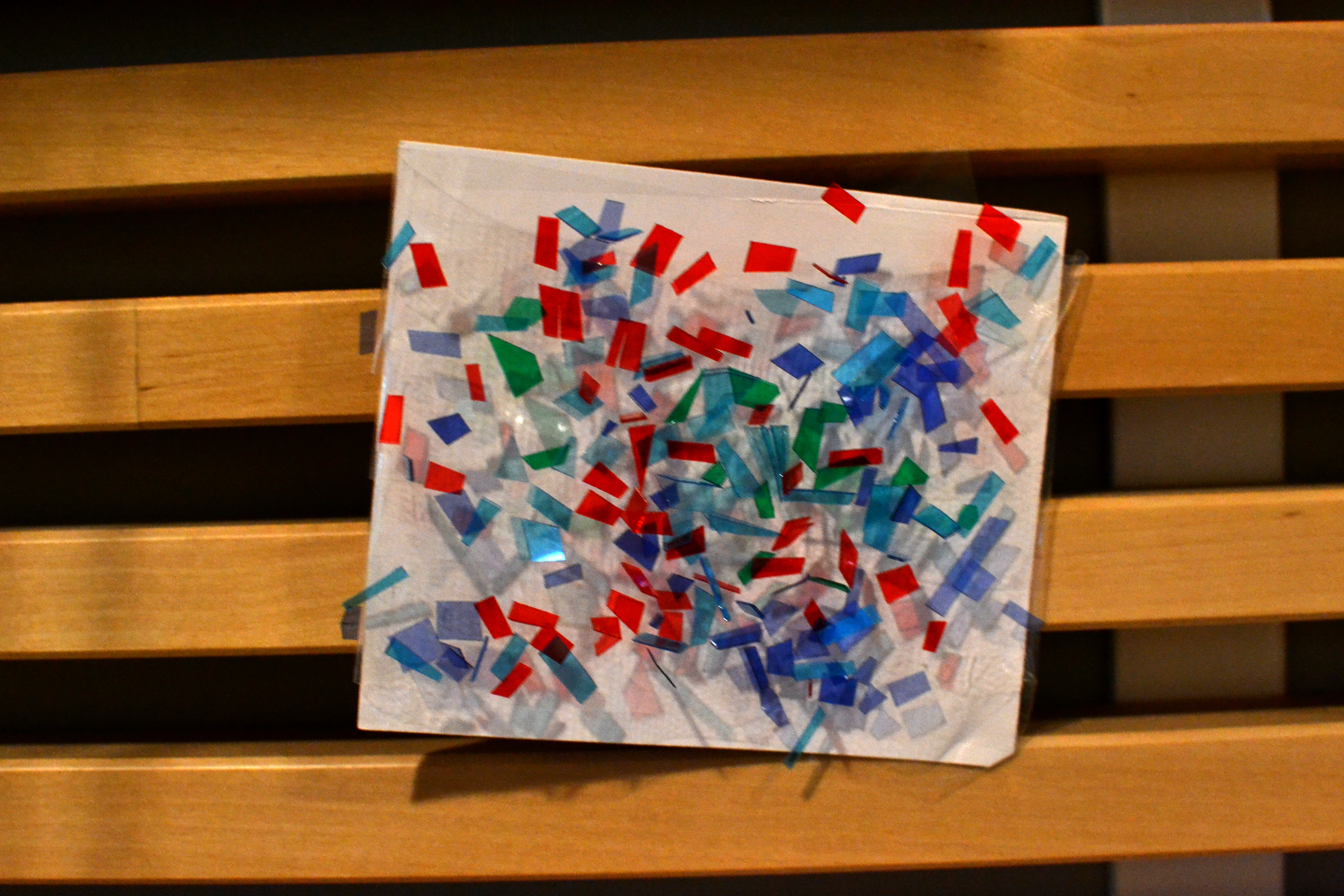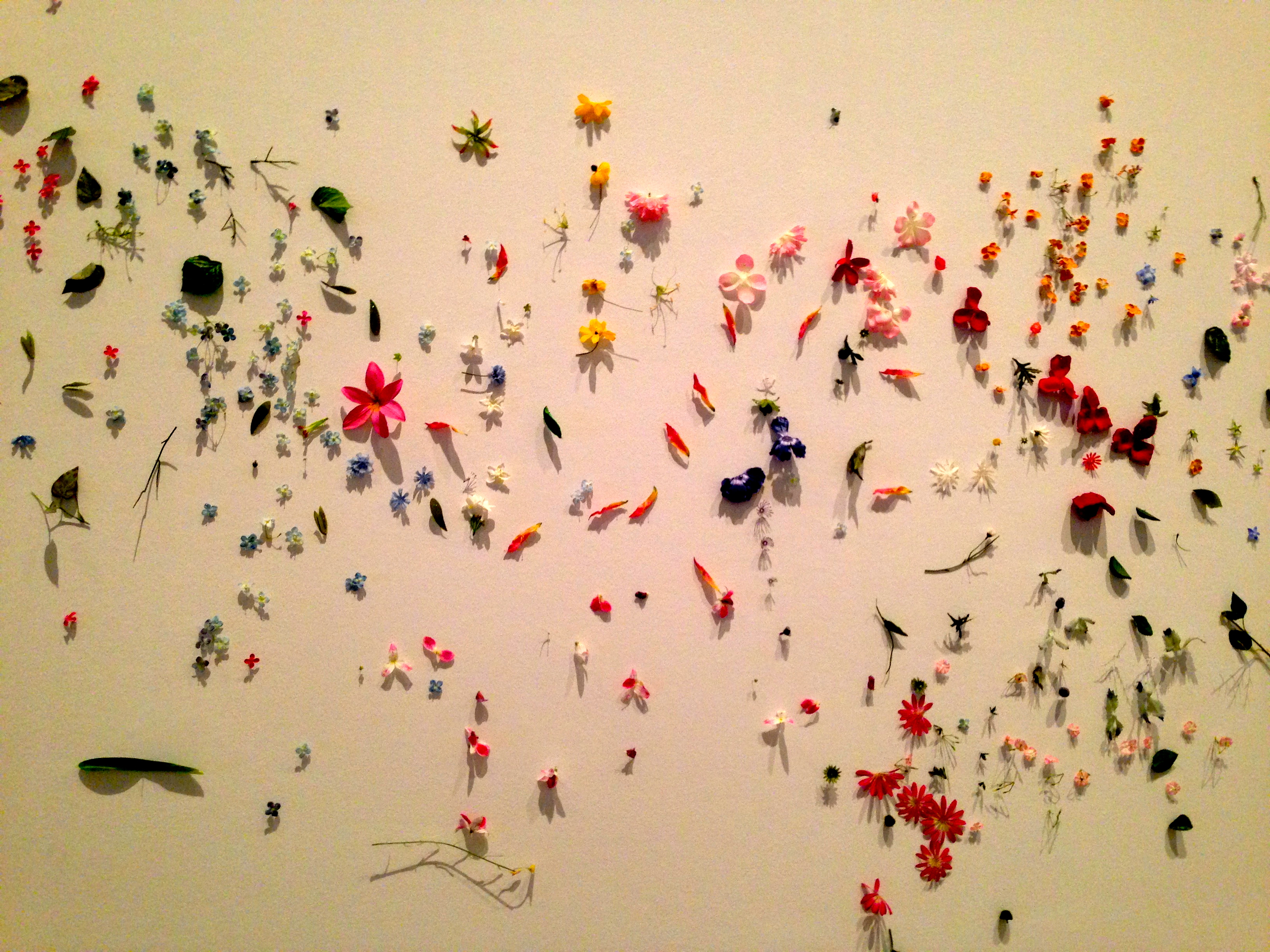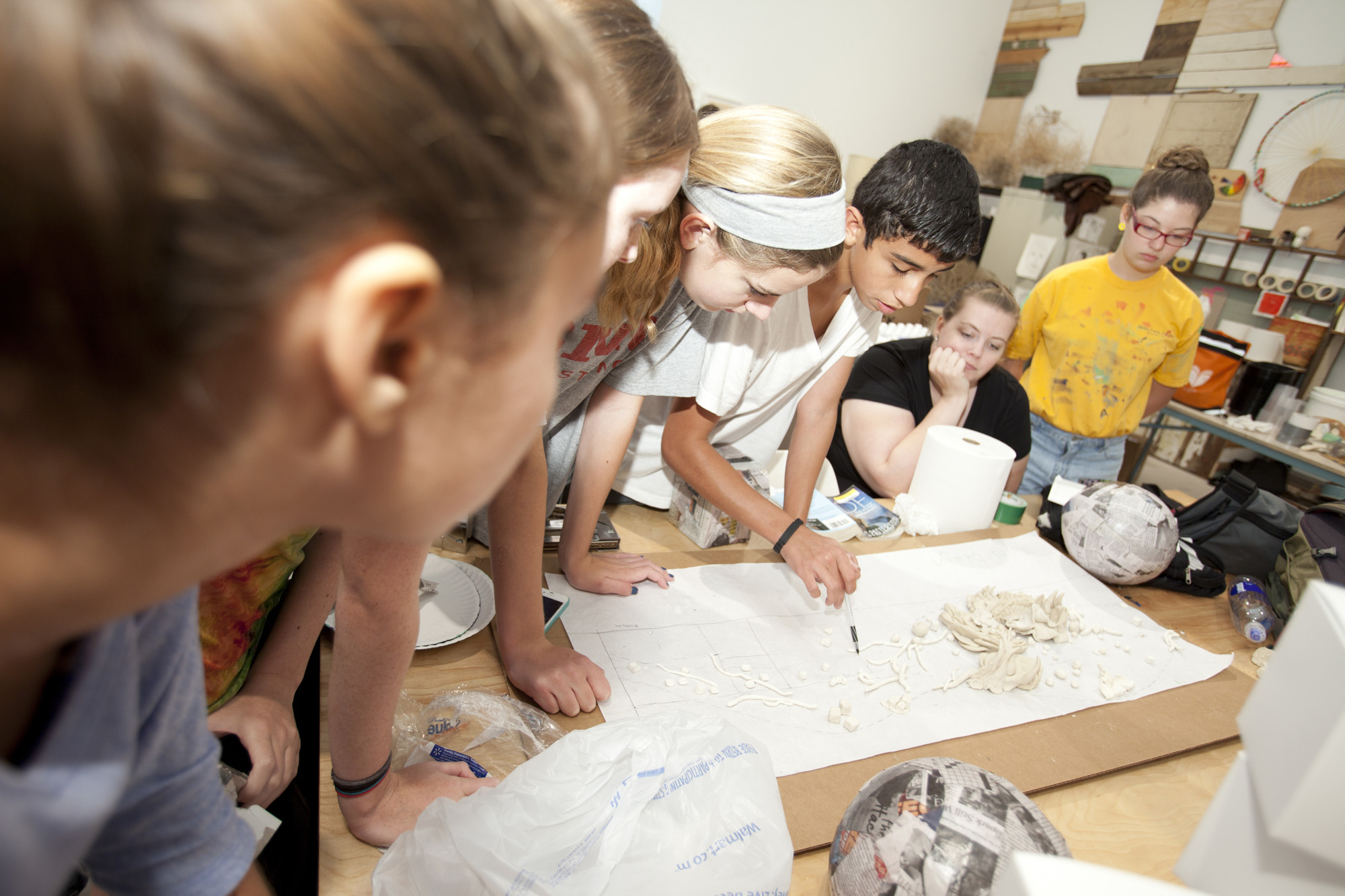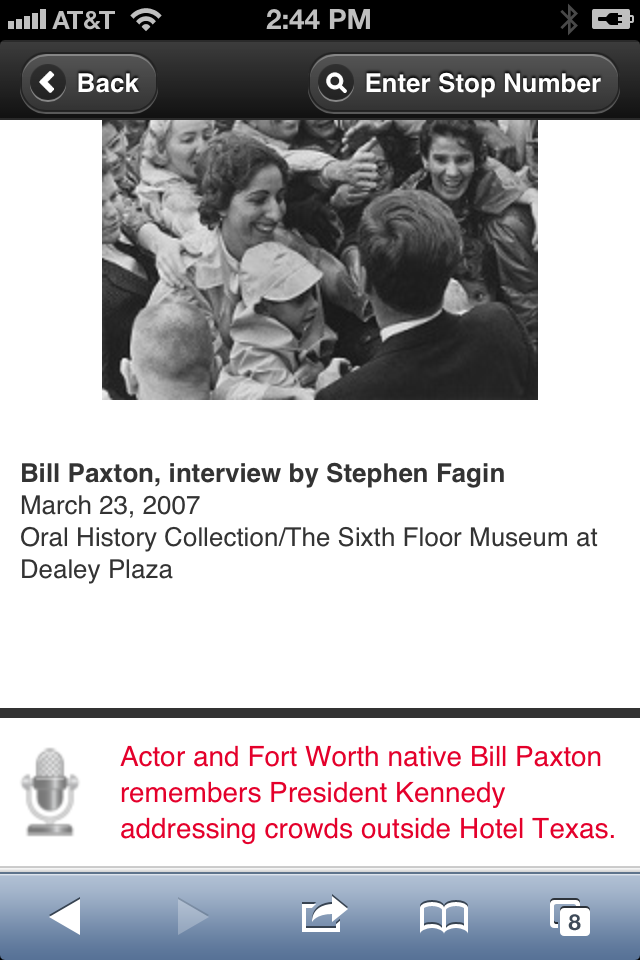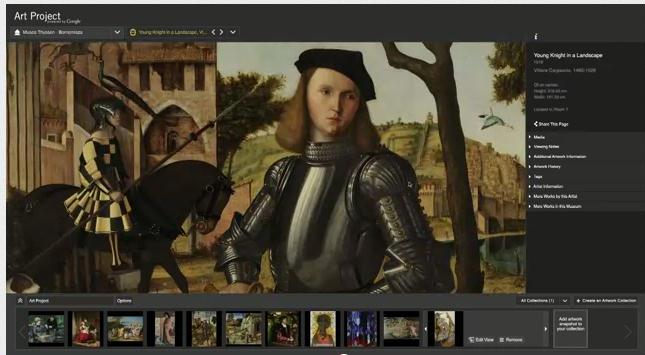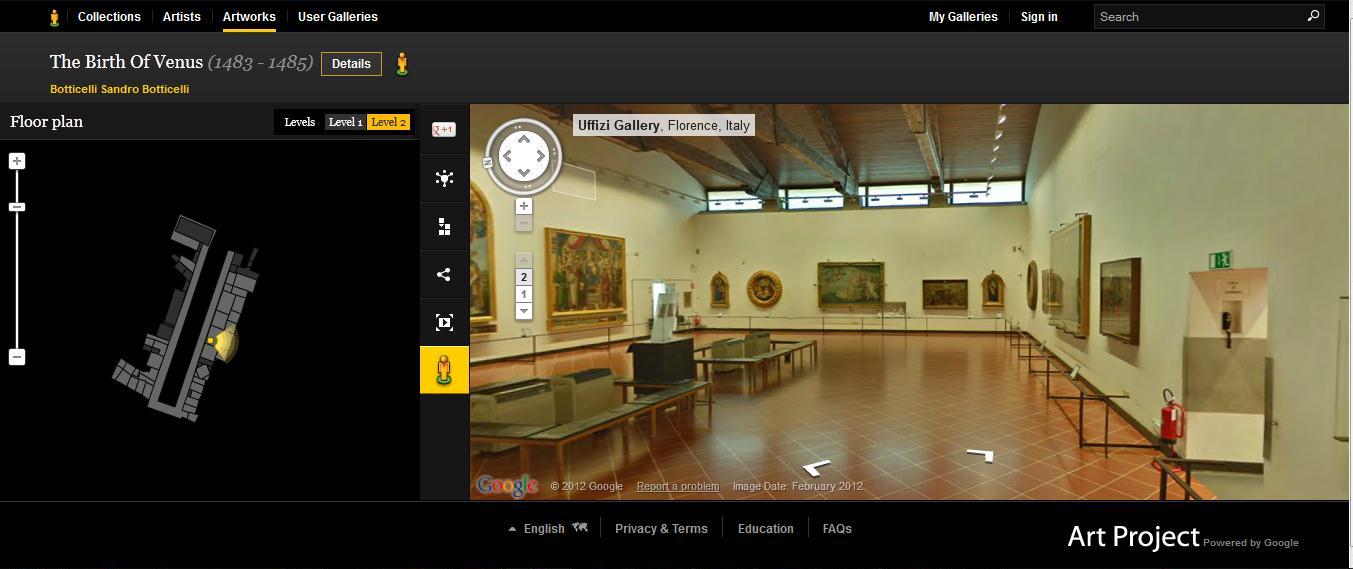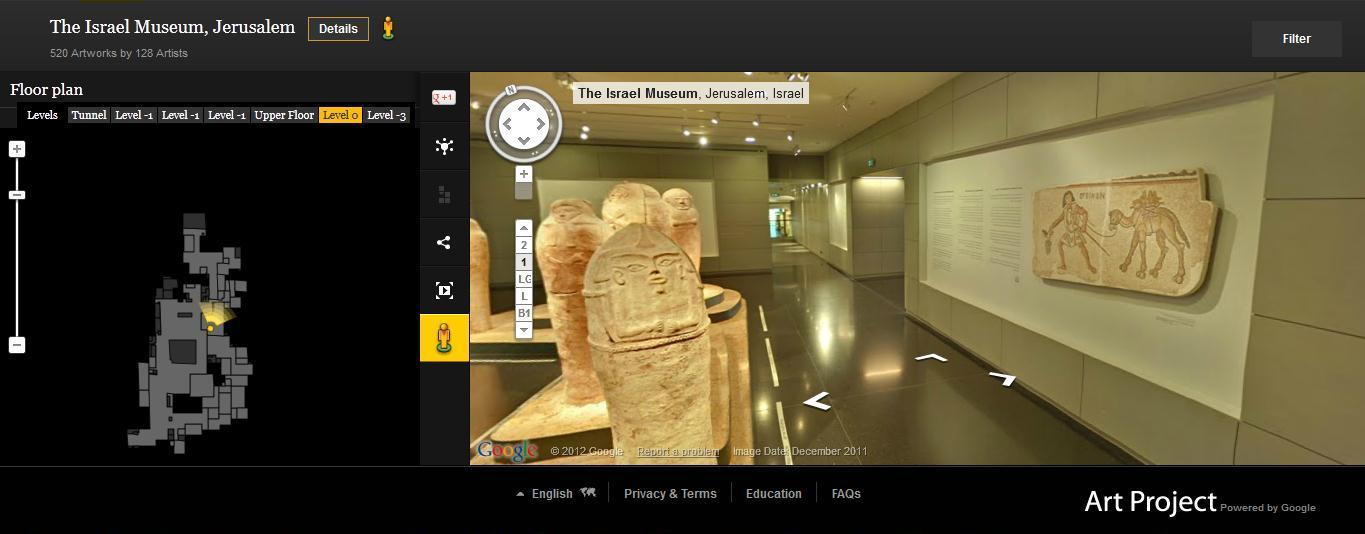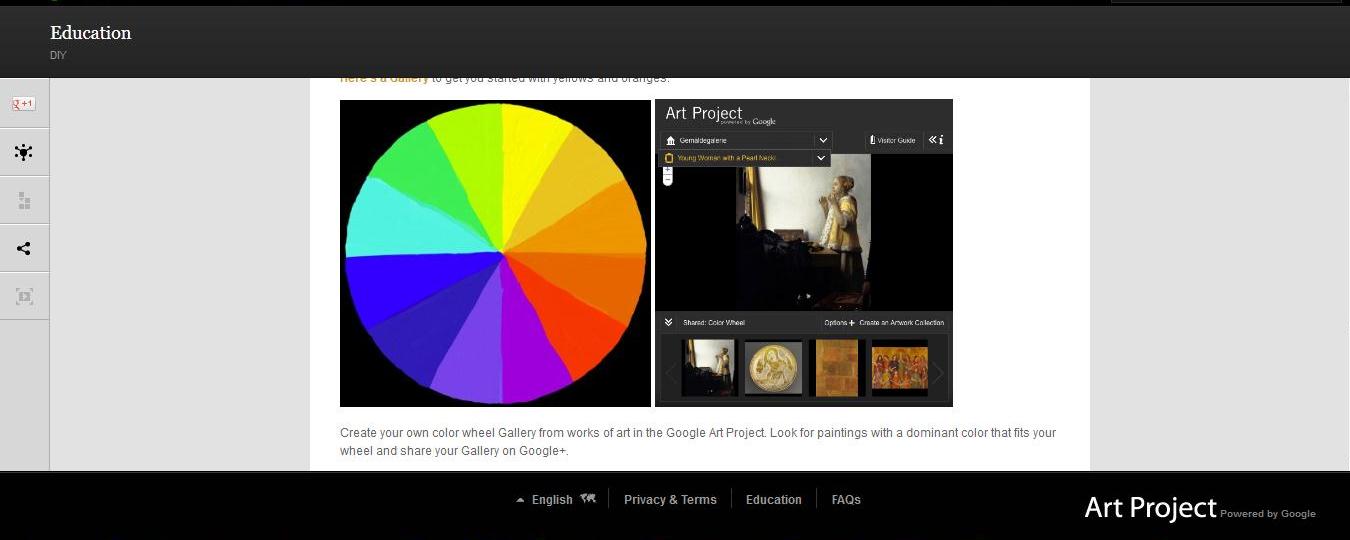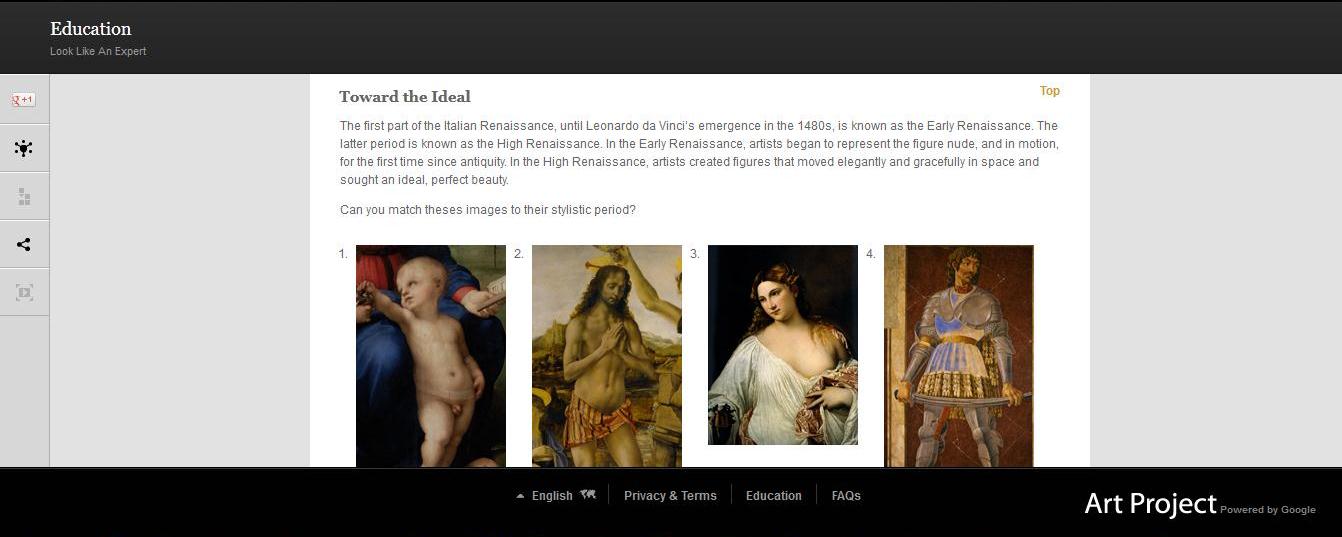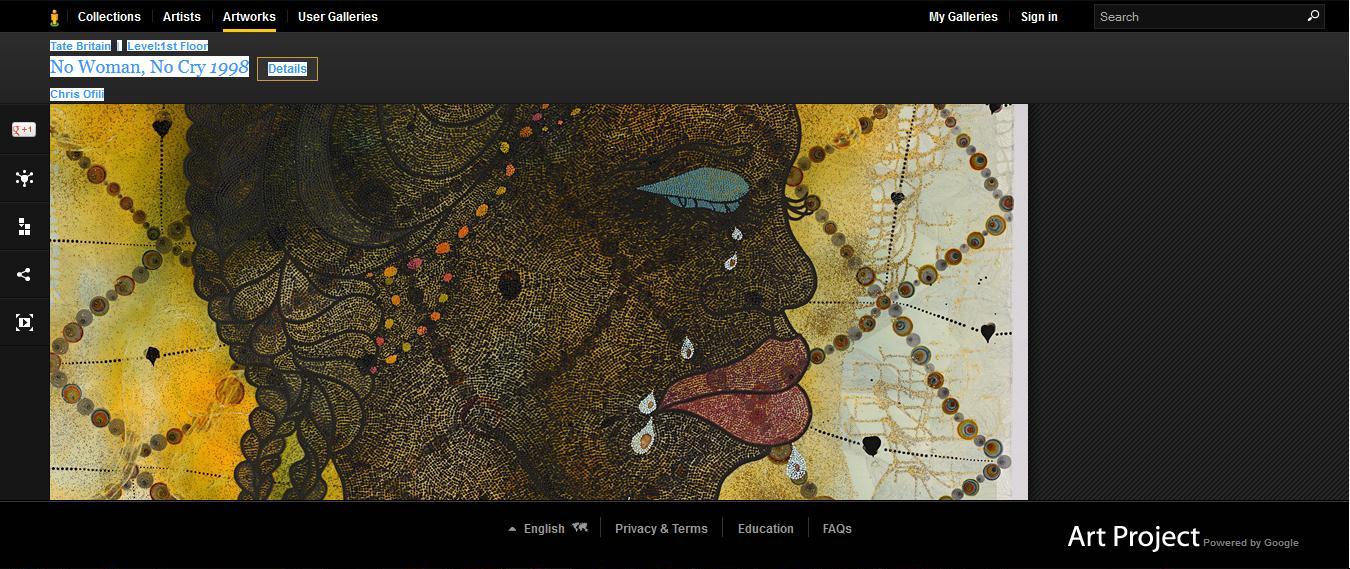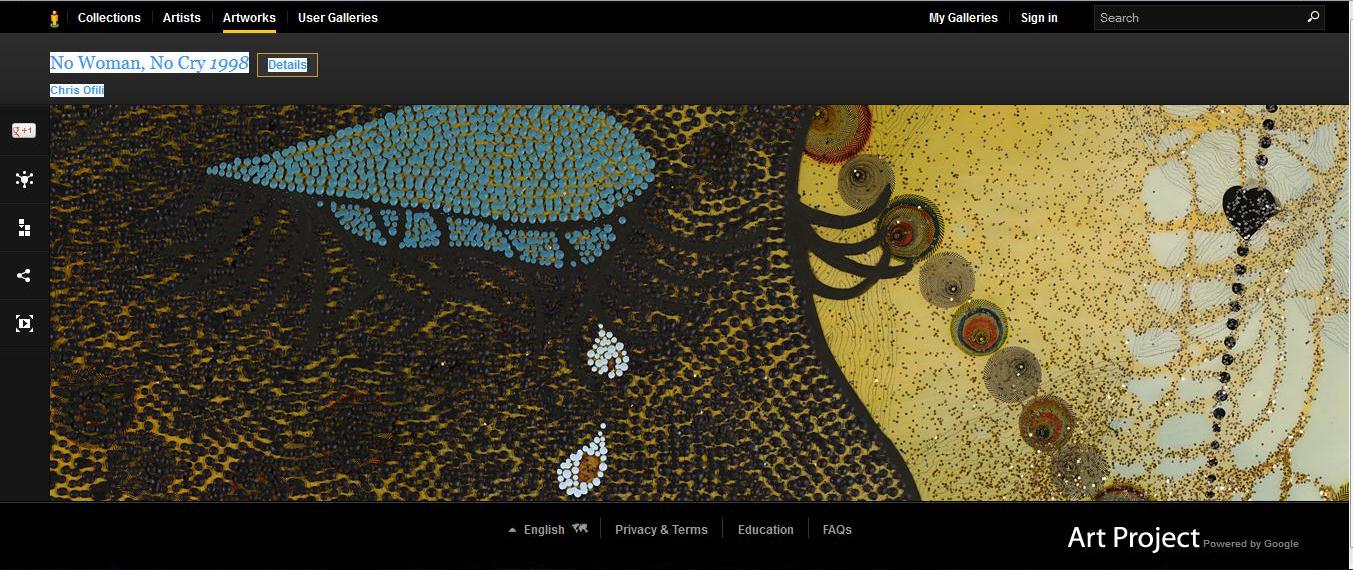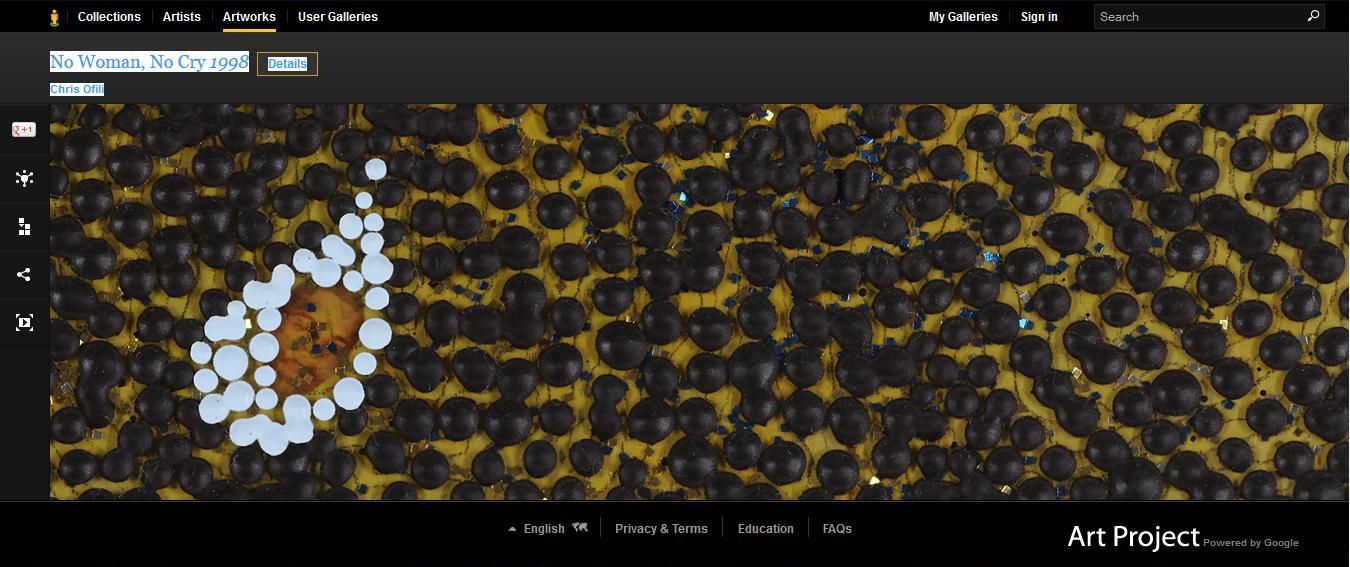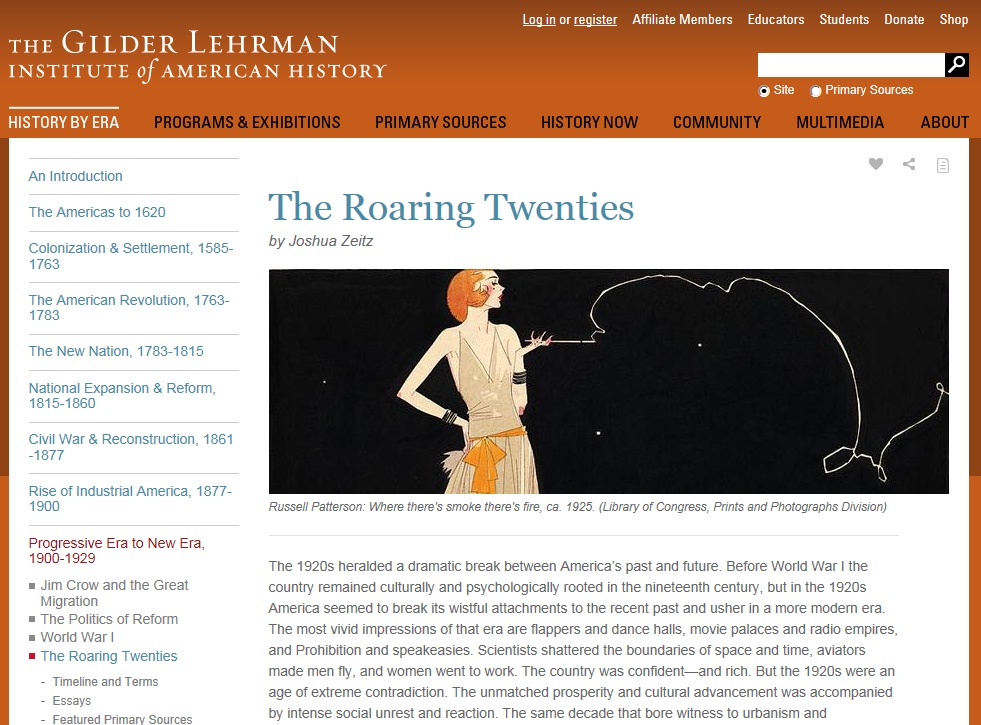Around this time last year, I gave a sneak peek into an exciting new anytime activity that our Education team was testing. After much preparation, redesign, and enthusiasm over the past year, the DMA is now premiering the Art To Go Family Tote Bags for free and public use! Beginning this week, visitors can check out these special totes at the Visitor Services desk and enhance their Museum experience by engaging in a variety of creative activities.
Each Art To Go bag is centered around a particular theme, the first of which are Color and the Senses. The corresponding activities within each bag are general enough to be used with any work of art in the DMA galleries, so the possibilities are endless. The tote bag activities cater to diverse learning styles, encouraging visitors to design their own Museum experience by deciding whether they want to Write, Make, Talk, or Play.
With Art To Go bags, family members can use their imaginations to discover the different scents and aromas present in an Abstract Expressionist painting, or perhaps use their bodies to clap, stomp, snap, whistle and sing to create a soundscape for a Buddhist sculpture. Children can write a postcard to a family member describing their visit to the Museum using all of their senses, or use a viewfinder to focus in and sketch a single section of a French Impressionist painting. The great news is that activities and bag themes will change periodically, so families can create and enjoy new educational and artistic adventures each time they visit!
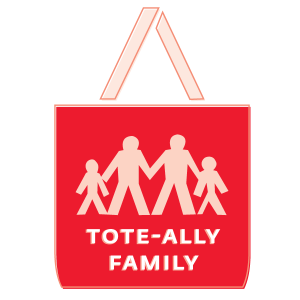
Art To Go Family Tote Bags are designed to be creative catalysts, encouraging families to spend more time in the galleries both connecting with works of art and connecting with each other. We invite you to take one of our activity bags along on your next (or very first) visit to the DMA! Bags will be available for free check out at the Visitor Services desk during regular Museum hours. And DMA Friends who complete activities from both bags can earn the Tote-ally Family Badge!
Danielle Schulz
Teaching Specialist
